“Savings” or development bottleneck?
Ring Road 4 (Capital Region), stretching over 112km, is one of the most strategic infrastructure projects in the North, connecting Hanoi with Hung Yen, Bac Ninh and neighboring provinces. This is not only a traffic project, this ring road also opens up a “dynamic axis” for industry, logistics, satellite cities, logistics services and modern supply chains.
However, it comes with a huge land fund on both sides of the route. According to many experts, the land fund is considered a "reserve" that can generate high profits if planned and used wisely. According to preliminary calculations, the land fund along both sides of the route can be up to thousands of hectares, spanning many localities. This is a golden opportunity to establish new urban areas, logistics centers, mixed-use industrial parks or innovation zones.
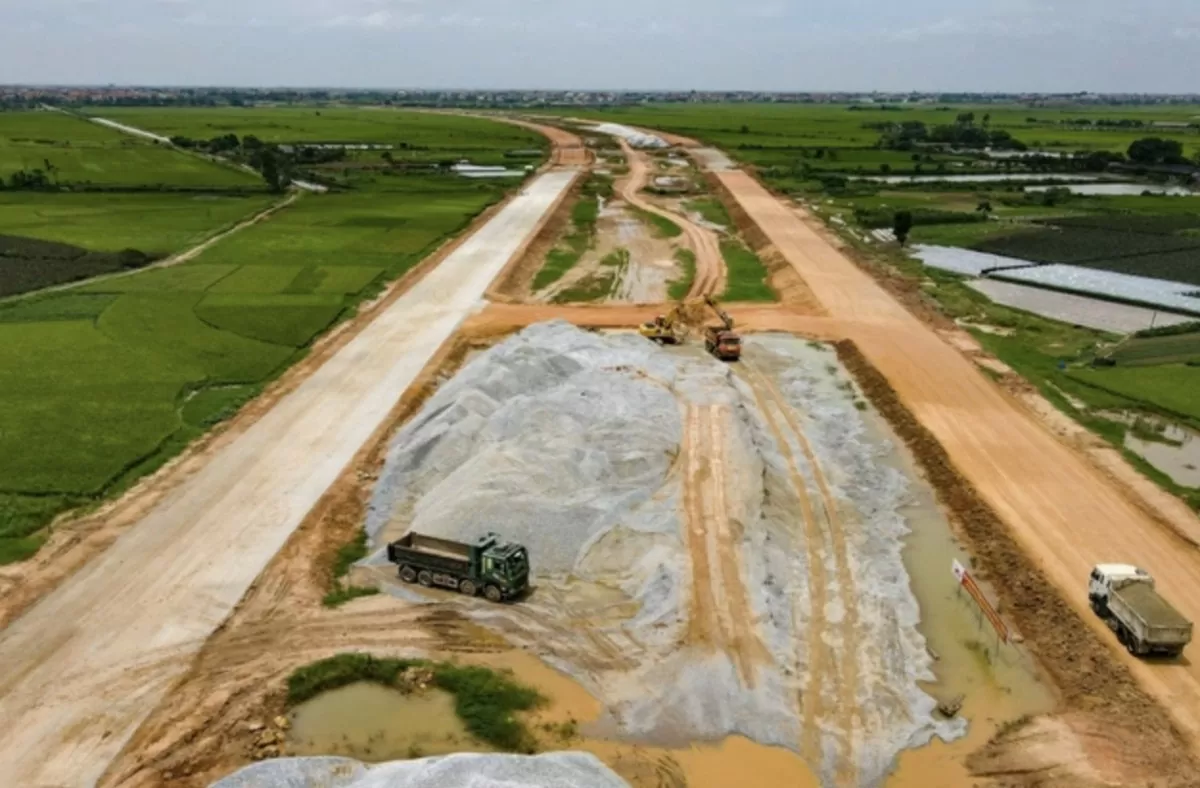 |
| Site clearance work for the construction of Ring Road 4. Photo: H.Thanh |
But the problem is not as simple as "if you have land, just sell it". The core issue is how to use that land fund intelligently, sustainably and create widespread value instead of falling into the spiral of speculation, subdivision and fragmentation as seen in many projects.
Reality from previous belt routes shows that, without vision and planning discipline, land on both sides of the route can easily be "chopped up" by unsynchronized housing projects, formal urban areas and slow implementation of social infrastructure.
Beltway 3 is a warning, dozens of urban areas have sprung up but lack regional connectivity, lack production support functions leading to few residents, and land being trapped in lifeless concrete blocks.
Therefore, Belt 4 cannot be a beaten track, land is a limited resource, but if well organized, it will become a lever to attract investment capital, develop green industry, sustainable urban areas and improve people's lives. Accordingly, a regional master plan is needed, in which the land fund on both sides of the route must be planned according to the principles: connecting transportation, industry, urban areas, logistics, and smart agriculture.
Need a “post-belt” development mindset
Faced with the problem of balanced development, many experts believe that the Government and localities must soon complete the legal framework for exploiting land funds in the vicinity of strategic traffic routes. This cannot be a game for real estate enterprises alone but must have the active participation of the State in the role of coordination, supervision and development orientation.
Agreeing with the above viewpoint, in an interview with the reporter of Cong Thuong Newspaper, Dr. Architect Dao Ngoc Nghiem, Vice President of the Vietnam Urban Planning and Development Association, said that in order to effectively exploit the land fund along the Ring Road 4, there needs to be a strategic orientation to ensure harmonious development between economic and social benefits and sustainable planning requirements. First of all, it is necessary to urgently establish detailed, public and transparent plans to invite businesses to participate in investment.
“ Without detailed planning, it is impossible to talk about sustainable development. Enterprises wishing to invest also need a clear roadmap, clean land funds, and commitments from the government on connecting infrastructure and investment incentives ,” Mr. Dao Ngoc Nghiem affirmed.
Dr. Dao Ngoc Nghiem proposed that in the 2025-2030 period, localities should proactively develop "digital planning maps" and make them public on electronic information portals for businesses to easily access, while avoiding the situation of suspended planning, waiting or local adjustments that distort development space.
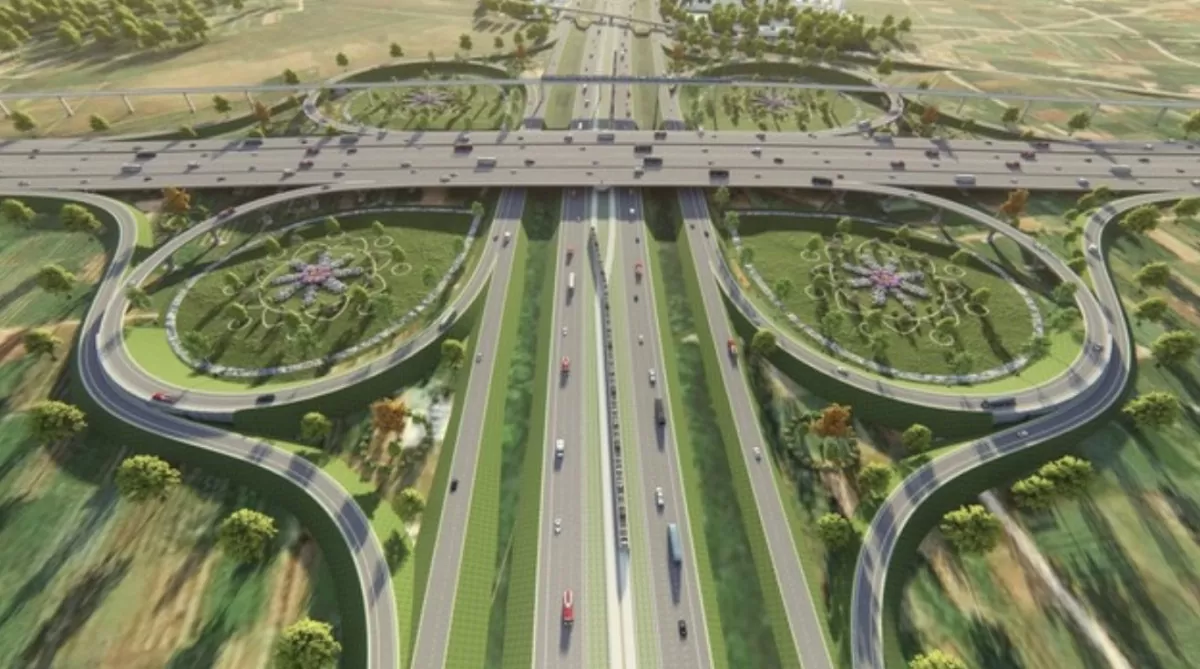 |
| The development of Ring Road 4 will not only solve Hanoi's own problems but will also solve the inter-regional problems of the capital. Illustrative photo |
Along with information transparency, it is necessary to thoroughly apply the public land auction mechanism, transparency must be thoroughly applied, avoiding the situation of "catching thieves with bare hands" or manipulating the market. The selection of investors must also be closely linked to the criteria of financial capacity, progress commitment, planning ideas and environmental responsibility.
In particular, according to experts, it is necessary to soon incorporate the urban development model following the orientation of public transport development (TOD) into the planning of urban areas around Ring Road 4. “ The world has proven that successful urban spaces are where public transport becomes the backbone for socio-economic development. If Ring Road 4 is just a simple traffic route, the added value will be limited, but if placed in the TOD vision, it will be a corridor leading the development of modern, sustainable satellite cities, reducing dependence on personal vehicles, promoting green development ,” emphasized Dr. Dao Ngoc Nghiem.
Accordingly, urban areas formed around Ring Road 4 need to be designed in sync with public transport infrastructure systems such as metro, bus rapid transit (BRT) and logistics transfer points. At the same time, it is necessary to soon announce the planning of large transfer stations, connecting existing urban spaces with new urban areas, ensuring that residents can fully access amenities and jobs without having to travel too far.
Not stopping at exploiting land funds above ground, Dr. Dao Ngoc Nghiem pays special attention to developing underground space, an inevitable trend in modern cities around the world.
“ Ring Road 4 is not only a surface traffic axis, but also needs to be calculated to become a multi-level corridor, exploiting underground space for commercial activities, parking lots, underground metro lines, or technical infrastructure. This is a manifestation of a long-term vision, helping to optimize development space without increasing pressure on surface infrastructure ,” Mr. Nghiem analyzed.
With synchronous planning, underground space along Ring Road 4 can become a smart underground infrastructure system, connecting urban areas, logistics centers and even becoming a high-class commercial and service space. This not only contributes to reducing traffic congestion but also increases land use value, creating a driving force for long-term economic development.
Beltway 4 (the Capital Region) must become a space for “new development ecosystems”, where service centers, high-tech industries, modern logistics and smart cities are formed. That is the way to create long-term, sustainable added value instead of “land fever” that fades quickly and leaves lasting consequences.
More than ever, we need a mindset of “creating development space” instead of just focusing on “selling land for money”. Then, every square meter of land along Ring Road 4 will not only have immediate economic value, but also be the foundation for building the future of a rich and prosperous land.
| Experts say that experience from Korea, Japan, and Singapore shows that belt routes are only effective when the surrounding land fund is exploited in a planned manner, serving the goals of industrialization and modernization, not just to "sell land for money". |
Source: https://congthuong.vn/bien-quy-dat-vanh-dai-4-thanh-dong-luc-phat-trien-moi-386970.html


![[Photo] Prime Minister Pham Minh Chinh chairs Government Standing Committee meeting on Gia Binh airport project](https://vphoto.vietnam.vn/thumb/1200x675/vietnam/resource/IMAGE/2025/5/10/6d3bef55258d417b9bca53fbefd4aeee)

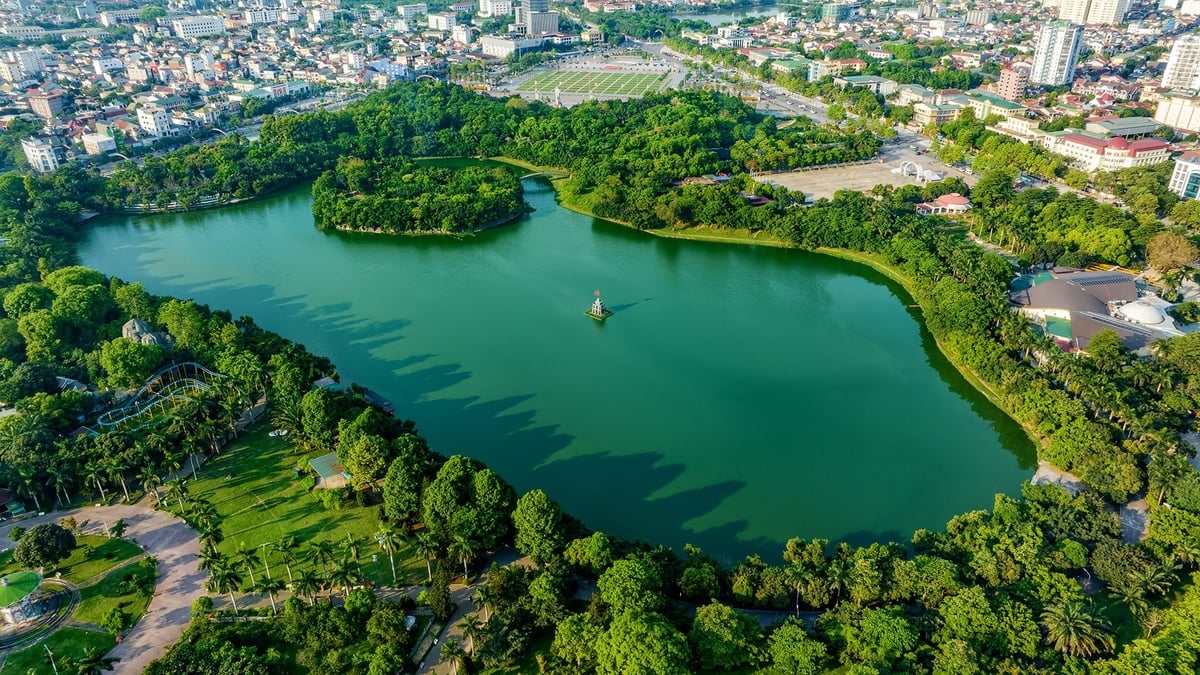

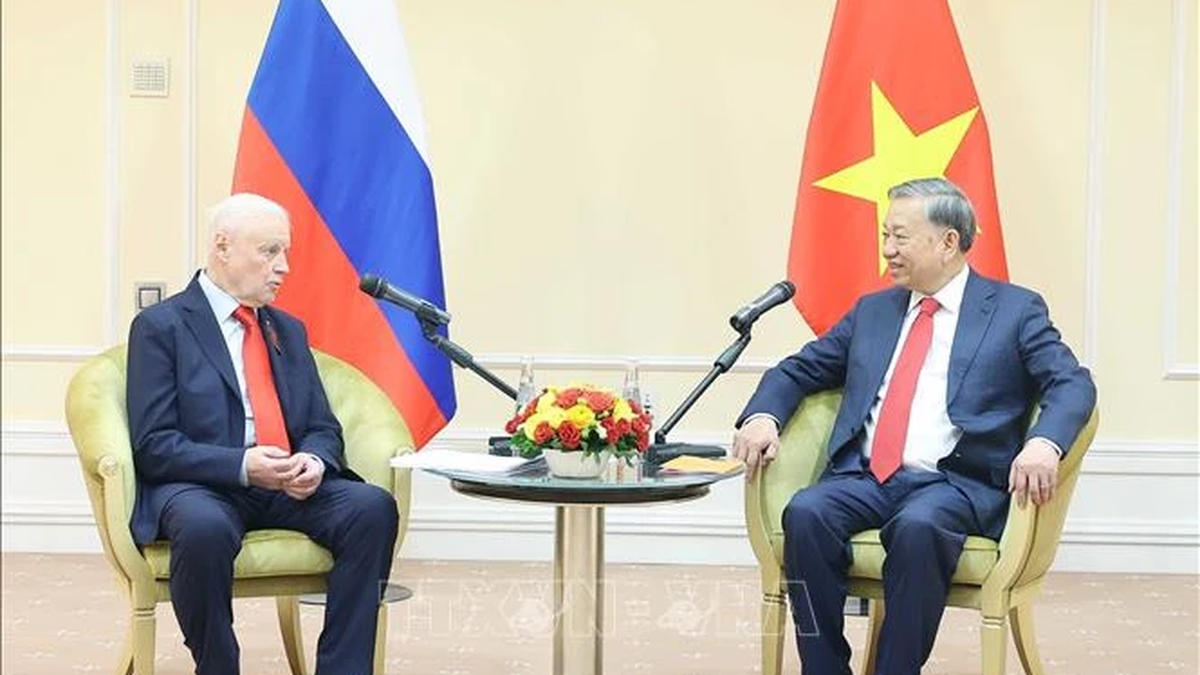
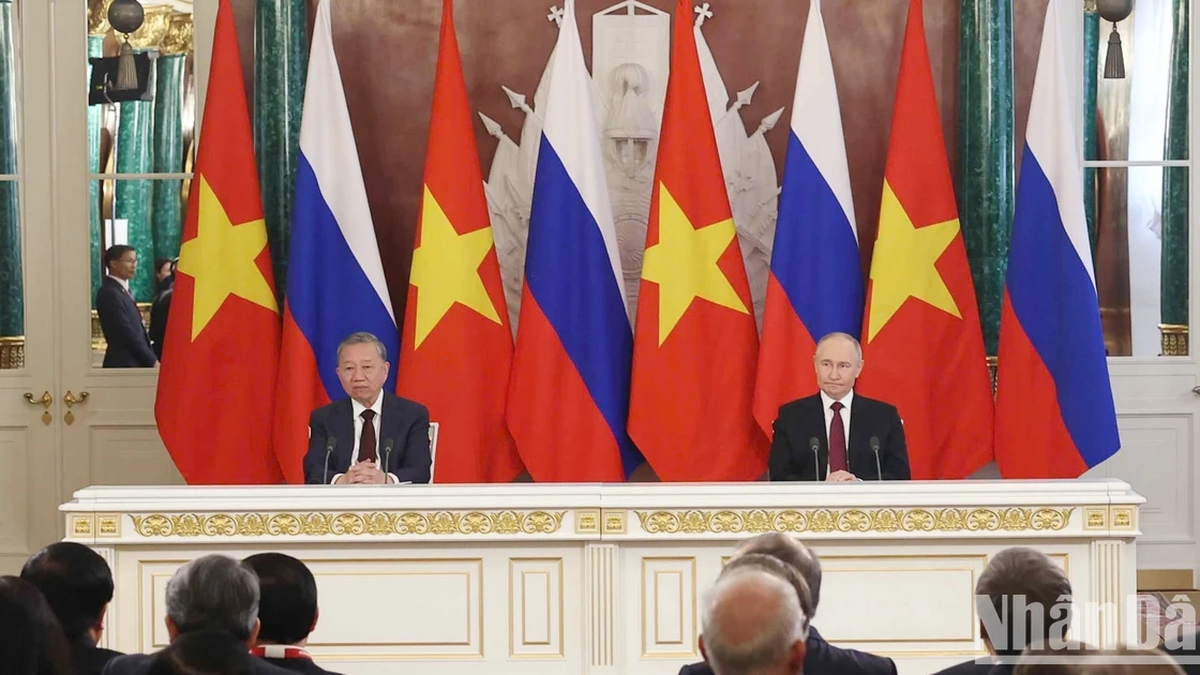
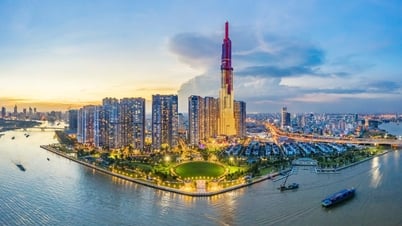


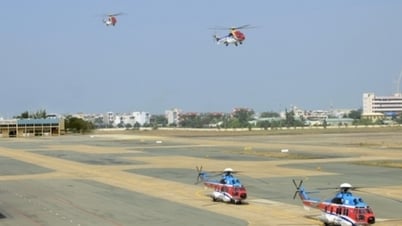
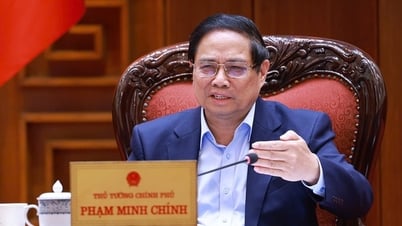






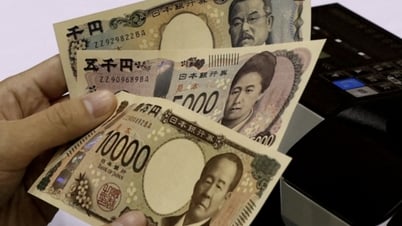
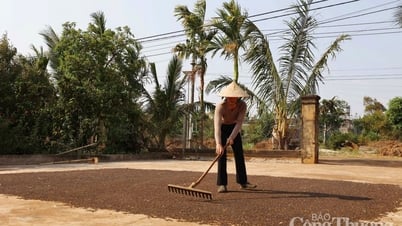


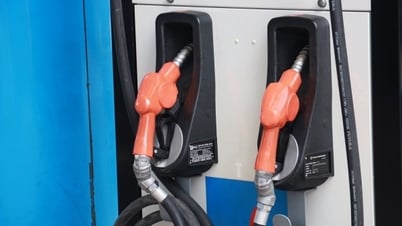






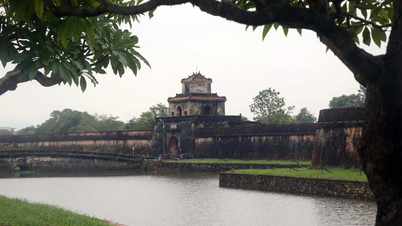









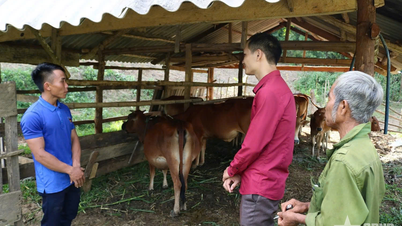

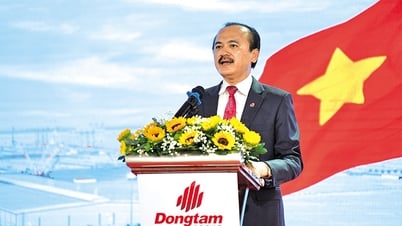

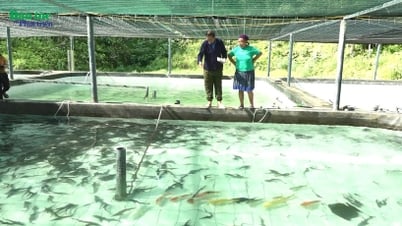












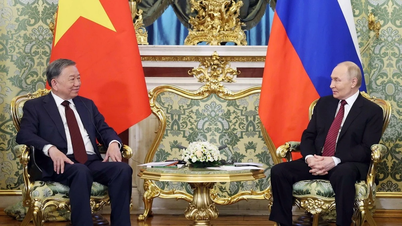

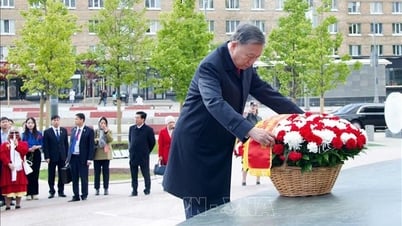
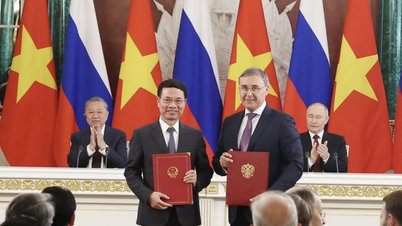
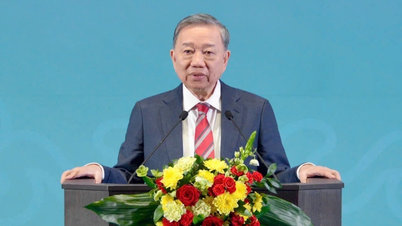
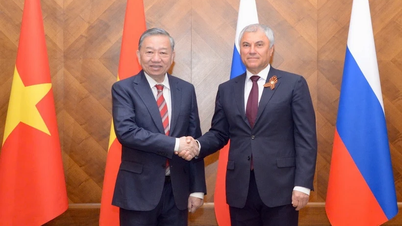











![[Infographic] In the first 4 months of 2025, what growth rate will Dong Nai's economic indicators achieve?](https://vphoto.vietnam.vn/thumb/402x226/vietnam/resource/IMAGE/2025/5/11/827f0070aa0e486db44e9454be503a9b)



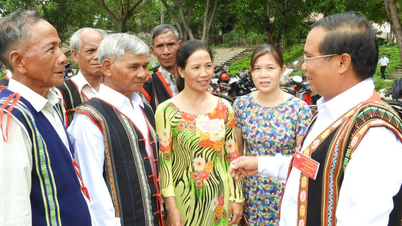


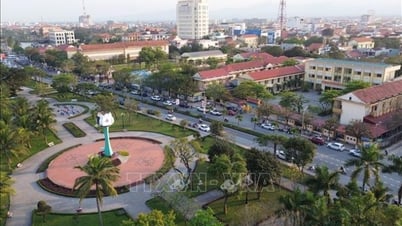











Comment (0)